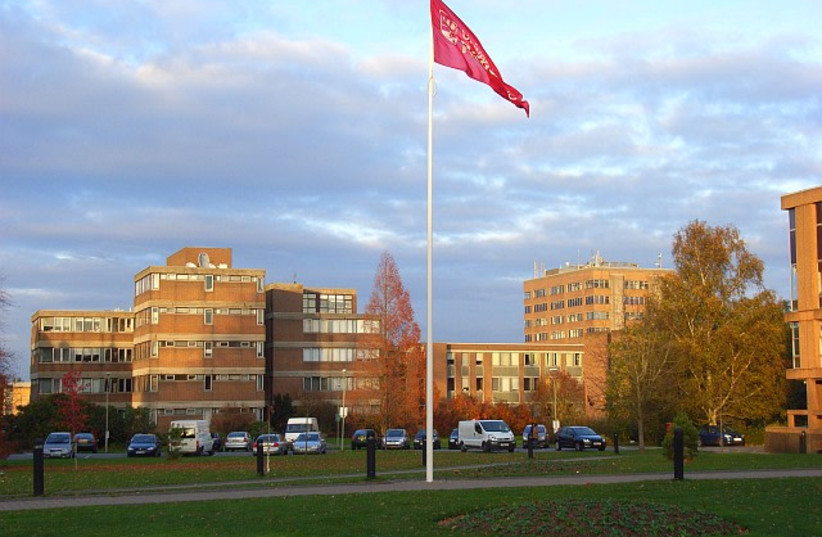An 8th-century monastery on the banks of Berkshire, England was unearthed in an excavation led by the University of Reading this month, Reading University announced Friday.
The discovery marks one of the most extensively preserved early medieval monastic sites ever found in Britain. The monastery includes well-preserved infrastructure like a waterside loading area, workshops for industrial activities like metalworking, and bread ovens – indicating that the site worked as a trade center.
“This is a once-in-a-generation archaeological discovery. We have not just rediscovered the location of this monastery but shown that it’s in a remarkable state of preservation.”
Dr. Gabor Thomas
“This is a once-in-a-generation archaeological discovery. We have not just rediscovered the location of this monastery but shown that it’s in a remarkable state of preservation,” Dr. Gabor Thomas, lead archaeologist at the University of Reading excavation, said.

What made the monastery an economic hub?
Dr. Thomas explained that the monastery was complete with streets, loading areas, and other infrastructure that was uncommon at the time in England.
“The discoveries at Cookham will enable us to build a detailed picture of daily life within a monastery of this period, including Cookham’s role as an economic hub for the Middle Thames region,” added Thomas.
Reading University said the area "could have enjoyed similarly important status as a trade and production center to larger towns like London and Southampton."
The monastery is believed to have thrived in the 8th and early 9th centuries, reaching its peak under the control of powerful Anglo-Saxon queen Cynethryth – the only Anglo-Saxon queen known to have been depicted on a coin.
